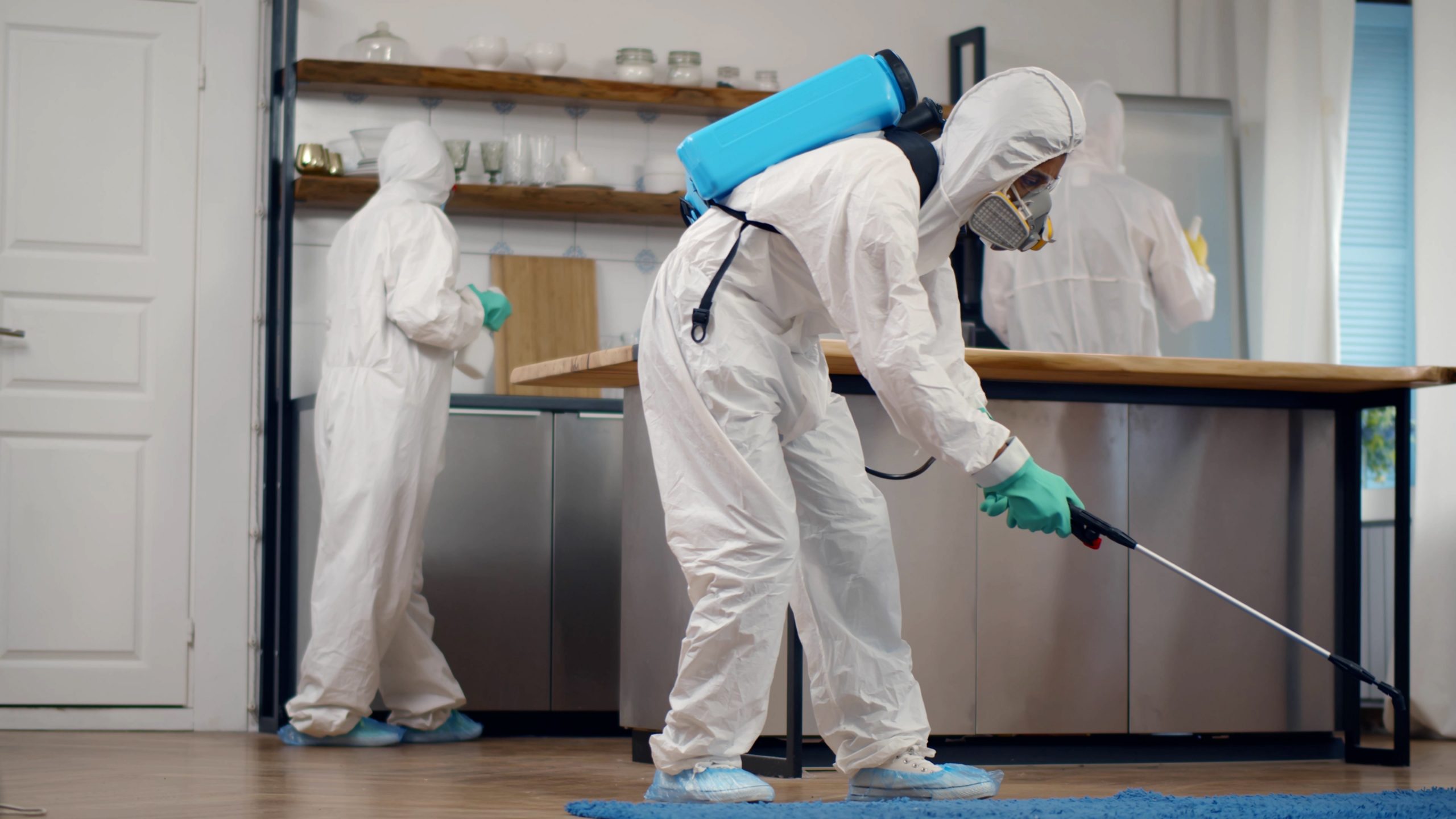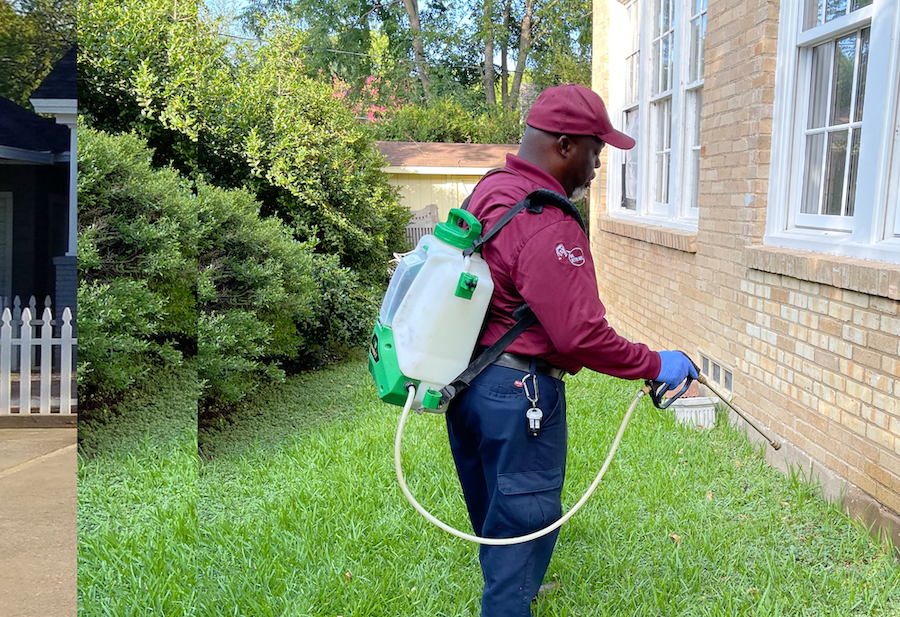Top-rated Pest Control to keep your home clean and pest-free.
Top-rated Pest Control to keep your home clean and pest-free.
Blog Article
Eco-Friendly Pest Control Approaches for Taking Care Of Wild Animals in Urban Locations
Urban locations often find themselves at the intersection of human activity and wildlife, leading to unique difficulties in insect administration. Green techniques emphasize lasting conjunction, utilizing methods such as environment modification and natural repellents to mitigate human-wildlife disputes. These methods not just protect the atmosphere yet likewise improve area involvement in wildlife management. As urban populaces remain to expand, understanding the dynamics of wildlife communications comes to be significantly important. What ingenious techniques can be applied to make certain both ecological balance and metropolitan security? Discovering this concern exposes an engaging landscape of potential options.
Understanding Urban Wild Animals Dynamics
Understanding Urban Wild animals Characteristics is necessary for creating efficient and environment-friendly insect control approaches. Urban areas are increasingly coming to be habitats for numerous wildlife varieties, driven by aspects such as environment fragmentation, food schedule, and human encroachment. Identifying these dynamics enables a nuanced approach to pest administration that lines up with ecological principles.
Urban wildlife typically includes varieties such as raccoons, squirrels, and birds, which adjust to city settings, discovering niches in environment-friendly rooms, parks, and even suburbs. Their visibility can bring about conflicts with humans, especially when they manipulate human resources for food and sanctuary. Understanding the behaviors and eco-friendly duties of these types informs techniques that minimize negative communications while advertising biodiversity.
Furthermore, recognizing the interdependencies within metropolitan ecosystems aids in determining crucial locations for environment preservation and restoration. This understanding adds to the development of incorporated insect administration (IPM) methods that think about the environmental balance, thereby minimizing dependence on damaging chemicals. By fostering conjunction between humans and city wildlife, cities can create healthier settings that profit both homeowners and regional ecological communities, leading the way for sustainable city living.
All-natural Repellents and Deterrents
All-natural repellents and deterrents use a sustainable option to traditional bug control methods by utilizing the power of nature to maintain undesirable types at bay. These environmentally friendly options typically make use of plant-based active ingredients, essential oils, and other naturally taking place compounds that prevent bugs without hurting the environment.
One efficient natural repellent is peppermint oil, which is understood to drive away rodents and insects. Its solid scent is undesirable to numerous pests, making it a popular option for city setups. Vinegar and citrus peels can offer as deterrents, as their solid smells are typically unappealing to numerous wildlife.
In addition, diatomaceous planet is a natural powder that can be spread out in locations susceptible to insect activity, successfully drying out and hindering insects without presenting threats to non-target varieties. Garlic sprays and neem oil are recognized for their ability to push back a vast variety of pests, including both pests and bigger wildlife.
Applying these all-natural repellents not only decreases reliance on chemical pesticides but additionally promotes a healthier urban community, fostering an extra balanced coexistence in between people and wild animals. By making use of these approaches, city locations can properly take care of pest populaces while decreasing environmental influence.
Environment Adjustment Methods
Effective environment adjustment techniques play an essential duty in sustainable parasite administration by changing the setting to make it less for pest problems. By comprehending the ecological dynamics of city locations, homeowner can execute critical adjustments that discourage insects while promoting biodiversity.
(Wildlife removal Port Charlotte)One primary method involves keeping proper hygiene. This includes routine waste removal, securing garbage can, and eliminating standing water to decrease reproducing sites for bugs and rodents. Furthermore, landscaping practices such as choosing indigenous plants can enhance ecological equilibrium, offering environments for helpful organisms while reducing resources for bugs.
An additional essential technique is to secure entrance factors in structures. Inspecting and fixing cracks in my link foundations, wall surfaces, and home windows can substantially reduce insect access. Creating physical barriers, such as fencings or plant barriers, can hinder wildlife motion right into human-inhabited areas.
Integrated Bug Administration Practices
Building upon environment adjustment techniques, integrated bug monitoring (IPM) practices provide an all natural strategy to controlling parasite populaces while reducing ecological effect. IPM combines different methods, including organic, social, mechanical, and chemical controls, to attain effective bug administration.
Organic control entails the intro of natural killers or bloodsuckers to decrease insect populaces. Social methods, such as plant turning and cleanliness, disrupt pest life cycles and reduce their environments - Pest Control. Mechanical controls, like traps and obstacles, offer prompt alleviation from parasite stress without chemical treatment
Chemical controls are made use of as a last resource, concentrating on targeted applications that restrict damage to non-target varieties and the atmosphere. The option of ecologically friendly chemicals, when required, is integral to the IPM framework. Additionally, checking bug populaces and assessing possible damages helps inform decision-making, making certain that treatments are timely and effective.
Community Involvement and Education And Learning

(Home Pest Control)Workshops and educational sessions can equip citizens with understanding concerning native varieties, habitat conservation, and effective safe pest monitoring methods. Cooperation with schools, regional companies, and government agencies better enhances educational outreach, guaranteeing that essential details reaches varied target markets.
Moreover, community-led campaigns, such as area clean-up days and habitat restoration tasks, not just advertise biodiversity but likewise strengthen neighborhood ties. Pest control service. By encouraging citizens to share their experiences and monitorings, neighborhoods can create targeted techniques that resolve certain local pest concerns
Incorporating responses from residents right into insect management plans enables a much more receptive and flexible strategy to wild animals challenges. Eventually, notified and engaged communities are vital to accomplishing long-term success in environmentally friendly insect control, bring about healthier city settings that respect both human and environmental requirements.

Conclusion
To conclude, eco-friendly insect control comes close to offer sustainable remedies for handling urban wildlife. By focusing on environment adjustment, using all-natural repellents, and implementing integrated bug monitoring methods, neighborhoods can foster an unified coexistence with local fauna. Involving homeowners with education and learning enhances awareness and encourages accountable wild animals interactions. Eventually, these approaches not just safeguard biodiversity but additionally promote environmental health, ensuring city areas stay dynamic ecosystems where humans and wild animals grow with each other.
Report this page